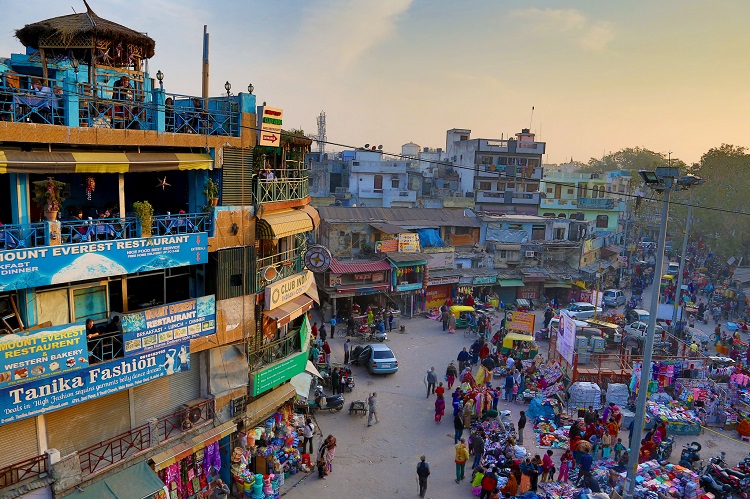France’s Engie, a global energy firm intent on ramping up its renewable footprint, is reportedly in talks with a leading Indian roofing manufacturer to develop a new suite of solar-ready rooftop designs as it seeks to explore opportunities in India’s all-but stagnant rooftop PV market.
According to Live Mint, Engie and Everest Industries Ltd are holding discussions on how best to plug India’s solar rooftop blackhole. Despite ostensibly working towards a 2022 target of 40 GW of rooftop PV, India currently has little more than 1 GW distributed generation (DG) solar installed.
The problems facing the sector are manifold, but perhaps the most obvious drawback is the lack of suitable rooftops capable of supporting a stable and profitable PV array. According to Live Mint, some 60% of all rooftop space in India is unsuitable for solar given their sub-par design and construction, while last year at the Renewable Energy India Exhibition, pv magazine learned that in cities up to 80% of rooftop space is flat and/or shaded by other buildings.
Exact details of Engie’s plan are sketchy – the company has refused to comment on the ‘rumors’ – but Everest Industries did say that it has begun a solar roofing business and is in talks with a number of companies regarding this.
One mooted approach would be the development of integrated solar roofs, where the cells are embedded into rooftop shingles. Tesla recently unveiled such a model in the U.S., and while the technology is not really new, the lower price points are.
“We are still some time away from solar roofs in India,” an anonymous source with information on the discussions told Live Mint. “What Everest and Engie are looking at now are solar-ready roofs that are suitable for solar rooftop projects from the viewpoint of design, load and angle. There is a lot of opportunity in this space given the government’s push for solar.”
Engie’s solar subsidiary Solairedirect has built up an 810 MW portfolio in India already, while Engie itself is hoping to expand its Indian solar footprint to 2 GW by 2019. The ambition from India’s government is bold, but despite setting that 40 GW target, few experts currently operating in India believe that it can feasibly be met on time, not least a parliamentary standing committee, which expressed its doubts last week about the “unrealistic” target.
Despite the introduction of net metering policies issued by all state electricity regulatory commissions across India, there has so far been very little in the way of DG PV uptake, particularly at the residential level. This reluctance is also due to a lack of viable financing options for homeowners and – despite a growing middle-class – a lack of awareness of the need for privately owned solar energy.
Residential PV in India needs to first reach the “nice to have” stage, before it can truly fulfil its potential, other industry experts believe.
This content is protected by copyright and may not be reused. If you want to cooperate with us and would like to reuse some of our content, please contact: editors@pv-magazine.com.








By submitting this form you agree to pv magazine using your data for the purposes of publishing your comment.
Your personal data will only be disclosed or otherwise transmitted to third parties for the purposes of spam filtering or if this is necessary for technical maintenance of the website. Any other transfer to third parties will not take place unless this is justified on the basis of applicable data protection regulations or if pv magazine is legally obliged to do so.
You may revoke this consent at any time with effect for the future, in which case your personal data will be deleted immediately. Otherwise, your data will be deleted if pv magazine has processed your request or the purpose of data storage is fulfilled.
Further information on data privacy can be found in our Data Protection Policy.